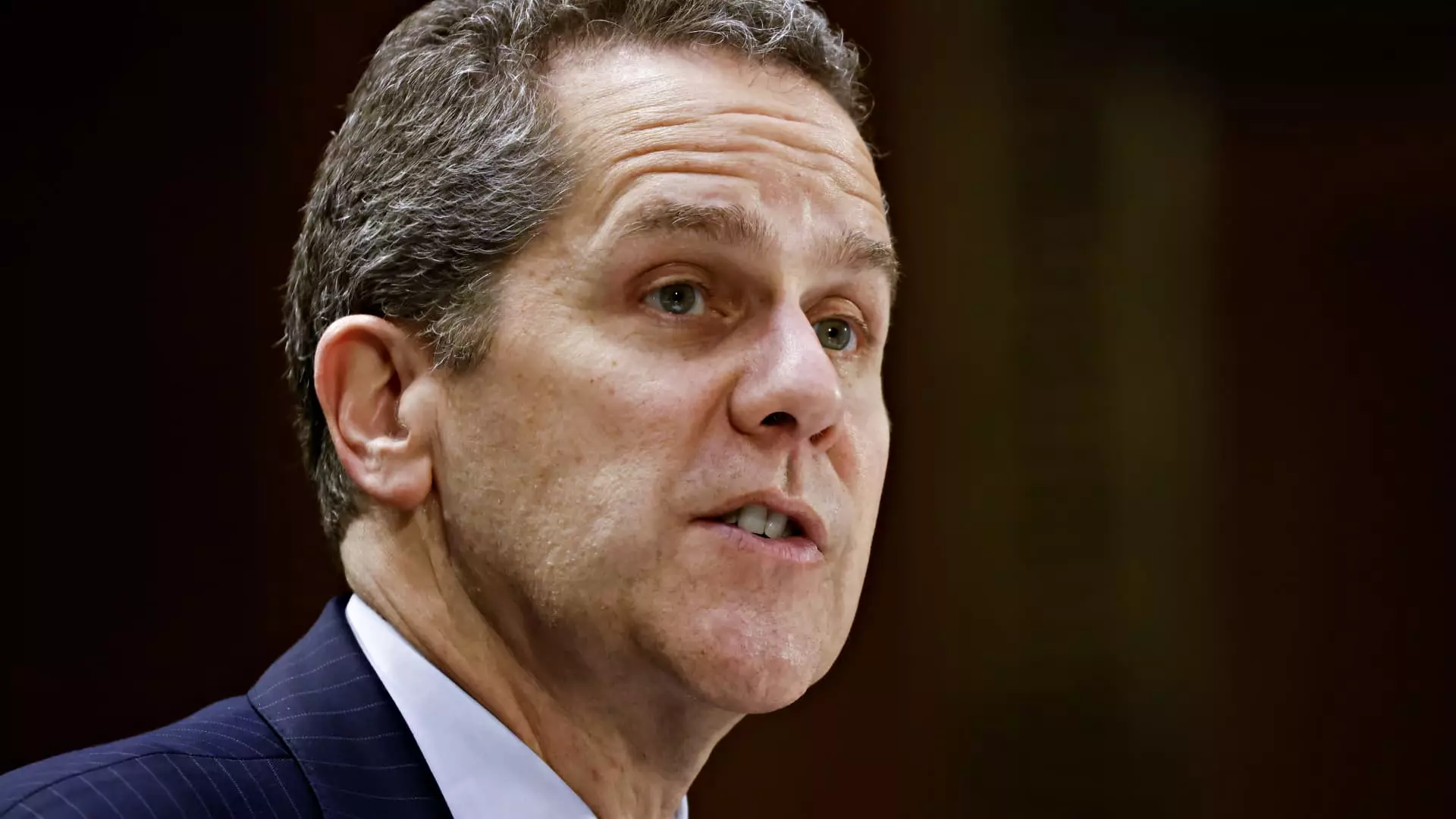As the Federal Reserve (the Fed) gears up for a change in leadership, the announcement of Michael Barr’s impending resignation from his role as vice chair for supervision is poised to reshape the regulatory landscape of American banking. This decision, which takes effect on February 28, marks a significant moment as it aligns with the transition of power to President-elect Donald Trump, providing him the opportunity to nominate a successor whose policies may align more closely with his administration’s pro-business stance. Barr will remain a governor on the Fed board until 2026, ensuring that his expertise continues to influence policy during this critical period of transition.
Barr’s resignation comes amid a backdrop of uncertainty and speculation regarding Trump’s intended direction for the Fed. Trump has been rumored to seek a replacement who might endorse less stringent regulations on banks, a sharp departure from the post-crisis regulatory environment established after the 2008 financial meltdown. It is noteworthy that Barr himself hinted at the potential for a divisive confrontation, stating that “the risk of a dispute over the position could be a distraction from our mission.” This careful maneuvering on Barr’s part not only showcases his awareness of the political stakes involved but also his commitment to preserving the stability and functionality of the Fed during this turbulent transition.
The immediate market reaction to Barr’s announcement highlighted the broader sentiment amongst investors. Bank stocks saw a notable uptick, with the SPDR S&P Bank exchange-traded fund gaining over 1%. This response underscores the significance market players place on leadership within the Fed, particularly in an era where regulatory policy can heavily influence financial performance and operational capacity within the banking sector. By stepping down proactively, Barr has potentially alleviated apprehensions about policy instability that might arise from an abrupt leadership change, thus fostering a more favorable environment for market recovery.
As the Fed prepares to navigate this pivotal juncture, the absence of a vice chair for supervision may slow progress on a slew of proposed regulatory adjustments, notably the controversial Basel Endgame rules which aim to fortify financial system resilience but have met with resistance from industry stakeholders. The Fed has clarified that substantial rulemaking will be paused until a successor is appointed, signaling the nuanced interplay between leadership changes and regulatory advancement. This temporary halt presents an opportunity for the new appointee to reassess the regulatory framework in light of both Trump’s priorities and the lessons learned from recent banking crises, including the early 2023 disruptions involving prominent financial institutions.
Michael Barr’s resignation serves as a catalyst for significant change within the Federal Reserve, setting the stage for a transformative period in banking supervision. As Trump’s administration prepares to introduce a successor to this critical role, stakeholders across the financial landscape will keenly observe how these developments influence economic policy, regulatory standards, and market stability. The ability of the new leadership to harmonize regulatory necessity with a supportive environment for financial institutions will ultimately define the Fed’s effectiveness and the broader economic trajectory in the coming years.

Leave a Reply